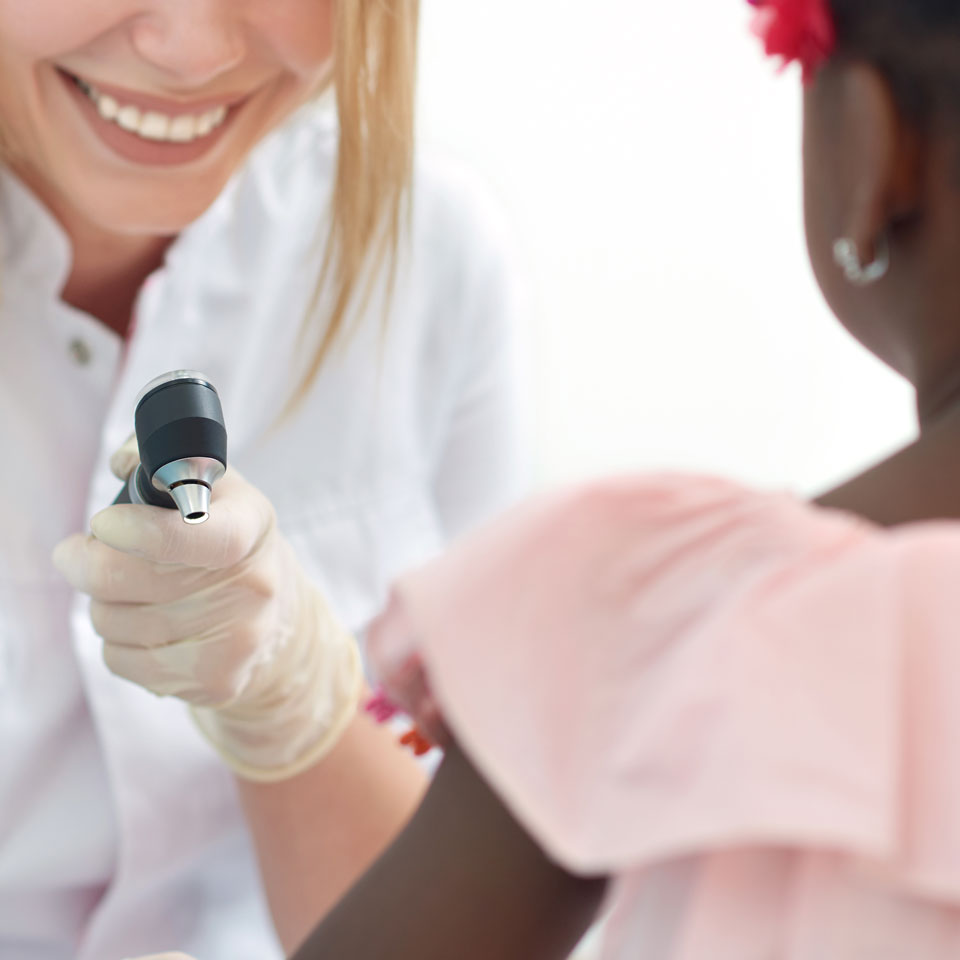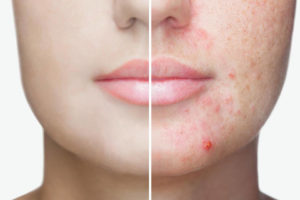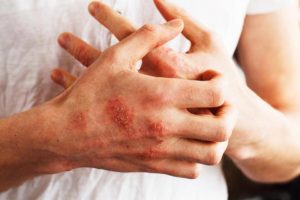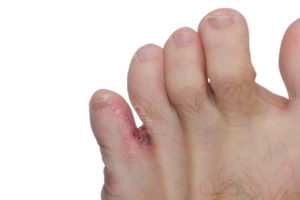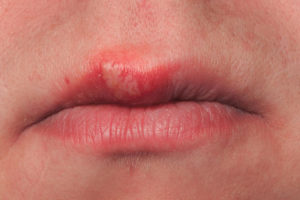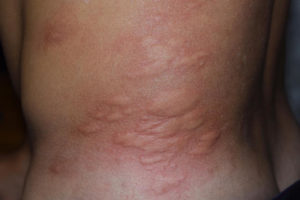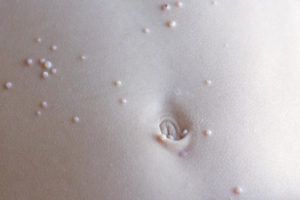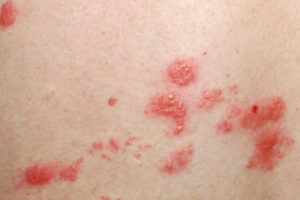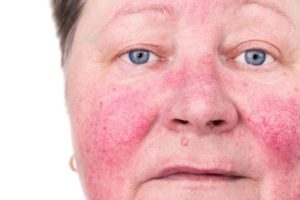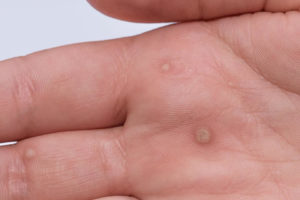Moles can be raised or flat and come in light tan to dark brown in color. Most every adult will have a few moles and may have 20-40 moles and that is normal. Moles often appear during childhood or adolescence and may grow as the child grows.
Full body skin exams are a quick and painless procedure where a trained provider fully inspects the skin for suspicious growths and cancerous lesions that you may not have recognized on your own.
The American Academy of Dermatology developed the “ABCDE” guide to help increase your chance of spotting skin cancer early when it is most treatable.
A = Asymmetry — One half is unlike the other half.
B = Border — An irregular, scalloped or poorly defined border.
C = Color — Is varied from one area to another; has shades of tan, brown or black, or is sometimes white, red, or blue.
D = Diameter — Melanomas are usually greater than 6mm (the size of a pencil eraser) when diagnosed, but they can be smaller.
If you notice a mole that is changing, irregular, itching, bleeding or matches any of the “ABCDE” criteria you should call to see a trained medical professional immediately.
Our Providers Beth Stewart FNP-C, Yvonne Chesna FNP-C, and Michelle Winsor FNP-C, DCNP are all highly trained and experienced in the examination of moles and skin lesions. Make an appointment today for your annual Full Body Exam or if you have any mole or lesion that is new or concerning.
For more information you can check out this link:
